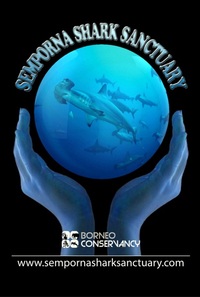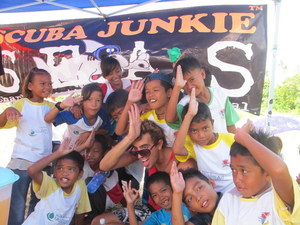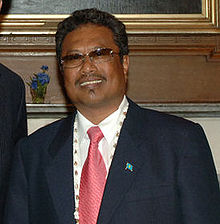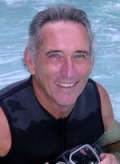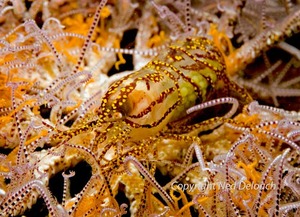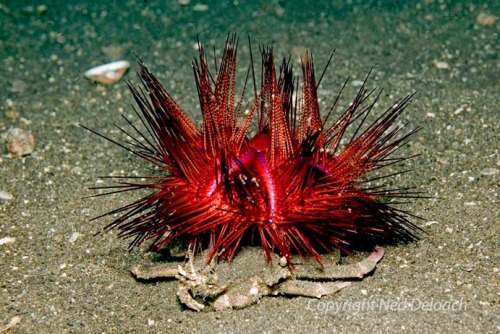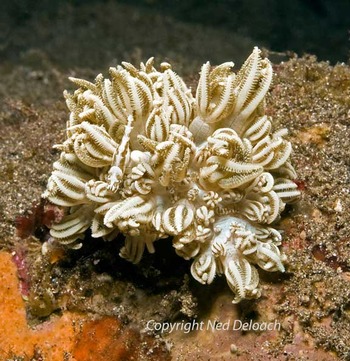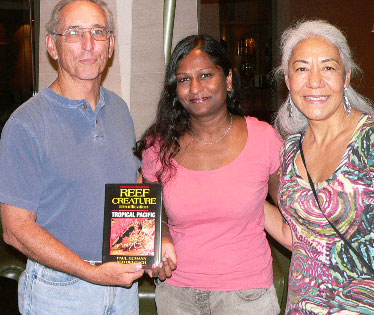Extensive coral bleaching reported in Singapore's Sisters' Island Marine Park. Dive trails closed temporarily from June 2016 to prevent further undesirable impacts on Singapore coral reefs. Among the corals likely to be affected are those that were rescued from island conversion to make way for Singapore's waste disposal.
By Mallika Naguran
Singapore, 22 August 2016. Leisure scuba divers in Singapore have to head elsewhere to bask in colourful corals as Singapore coral reefs is experiencing massive coral bleaching. A news report by Today stated that coral bleaching is the reason for the closure of the Sisters' Island dive trails. Dive trails are likely to resume for public access in October 2016.
Coral bleaching has intensified in many parts of the world, including Singapore.
Coral bleaching has intensified in many parts of the world, including Singapore.Singapore, like the rest of the world, has become warmer as a result of the El Nino phenomenon that made its presence felt from 2015. NParks provided a conservative estimate of the coral bleaching threshold - a range between 30.95C and 31.35C - where it would be a struggle for corals to survive. Temperatures of sea surfaces in Southern Singapore have increased beyond the bleaching threshold sometime in May, it reported.
NParks continues to monitor coral health throughout this period. It believes that shutting the dive trails temporarily will minimise human impacts on the stressed corals.
NParks has also initiated a survey in June 2016 to study the corals closely to investigate if human intervention is needed to save certain coral species. This can be done by moving rare local species, for instance, into deeper waters or more controlled environments.
Coral colonies in the Sisters' Island Marine Park include those that have been relocated from Pulau Semakau in January 2015. The National Environment Agency reported then that over 700 coral colonies were moved, equivalent to about 60 square metres of live coral cover, from Semakau Landfill’s lagoon to the Sisters’ Islands Marine Park. The relocation of corals had to be done as the authorities made way for a new landfill cell to fulfil Singapore's waste disposal needs up to 2035 or beyond.
In 1998 and 2010, Singapore experienced mass coral bleaching as well attributed to the El Nino effect. Experts have predicted that coral bleaching will intensify over the years and called for greater governmental action on conservation.


